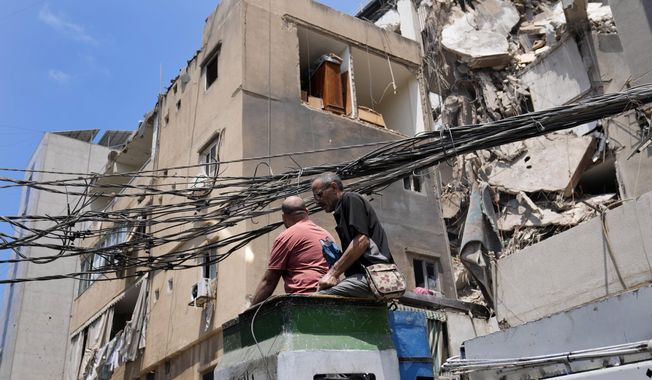
FILE - This Friday, Oct. 13, 1991 file picture shows part of the collapsed roof at the Chernobyl, Ukraine nuclear power plant during a media tour of the facility. The idea of smothering and sealing Japan's overheated nuclear reactors in sand or concrete to stop the crisis is appealing. But experts say that it's too early for something that desperate and that it could be a big mistake that could make matters worse. Alex Sich, a nuclear engineer at Franciscan University in Ohio, who has lived in Chernobyl and published research on the disaster there, noted that Russian authorities dumped some 5,000 tons of sand, clay and other materials from helicopters in an attempt to smother that dangerous reactor. But the Japanese situation is different, he said. (AP Photo/Efrem Lukatsky)
Featured Photo Galleries














